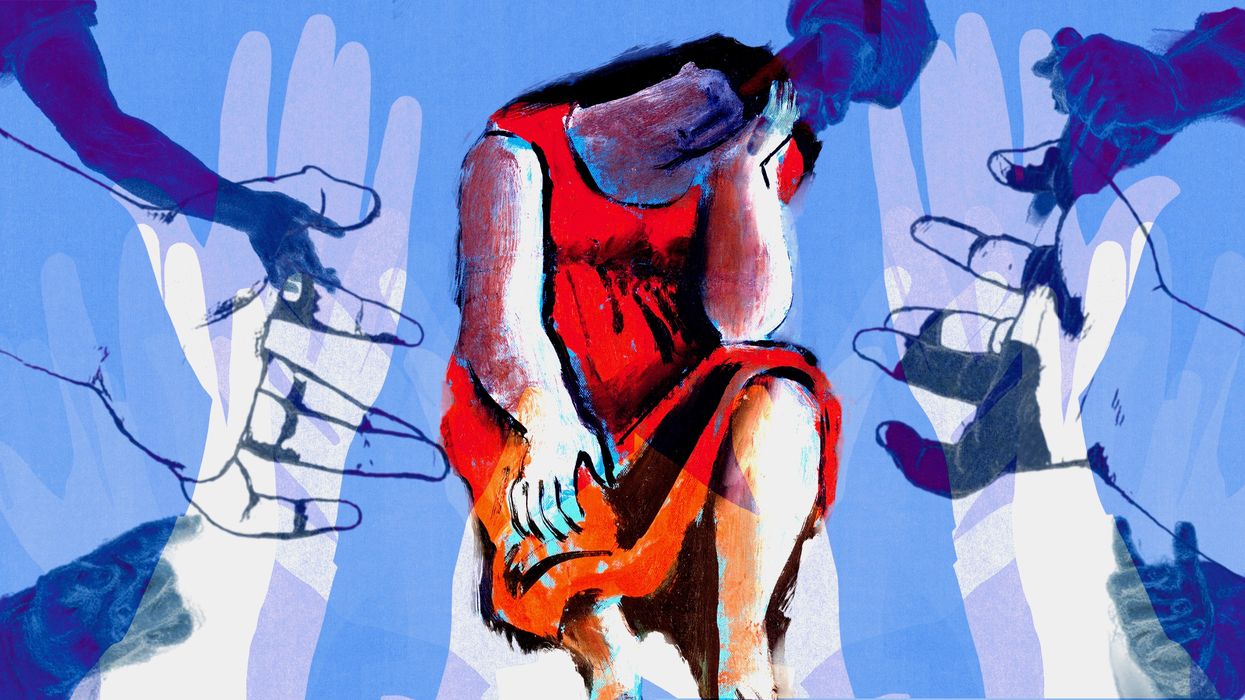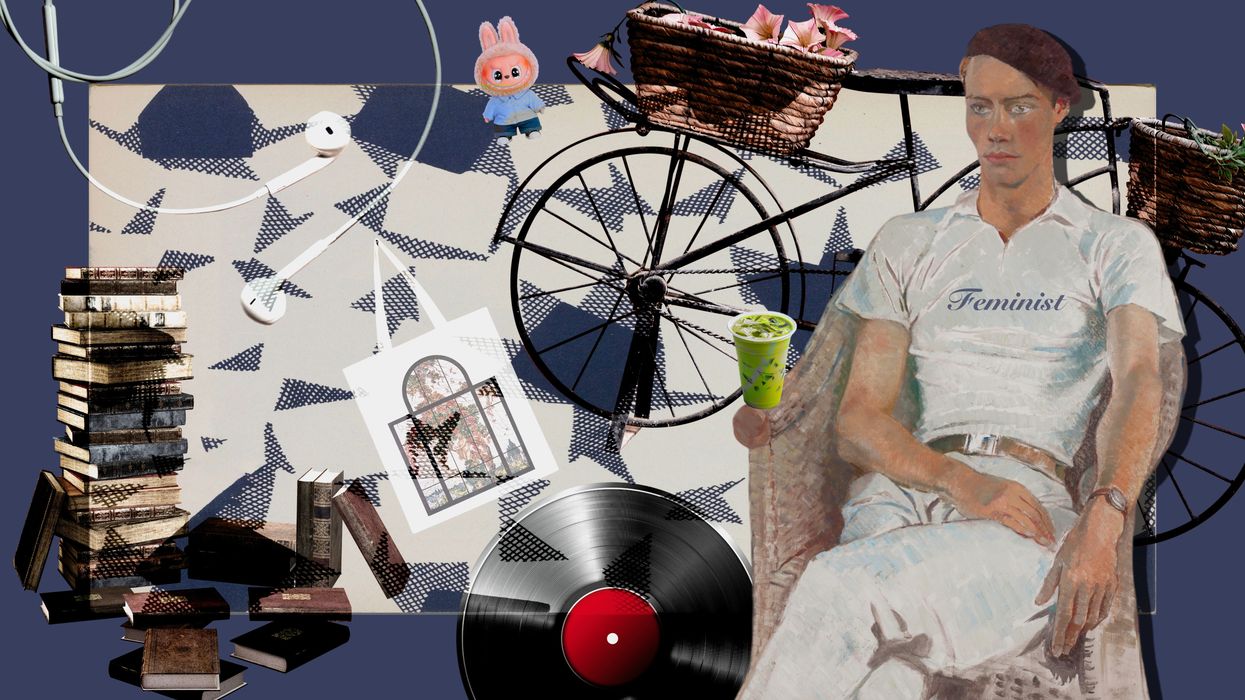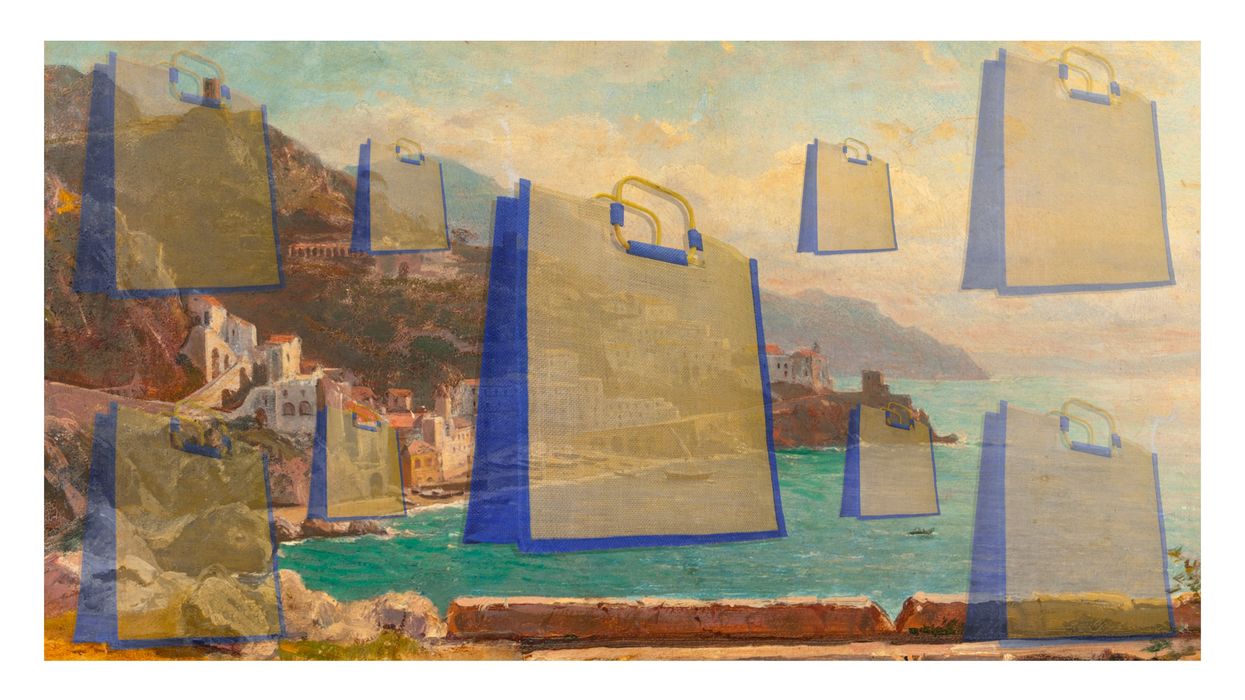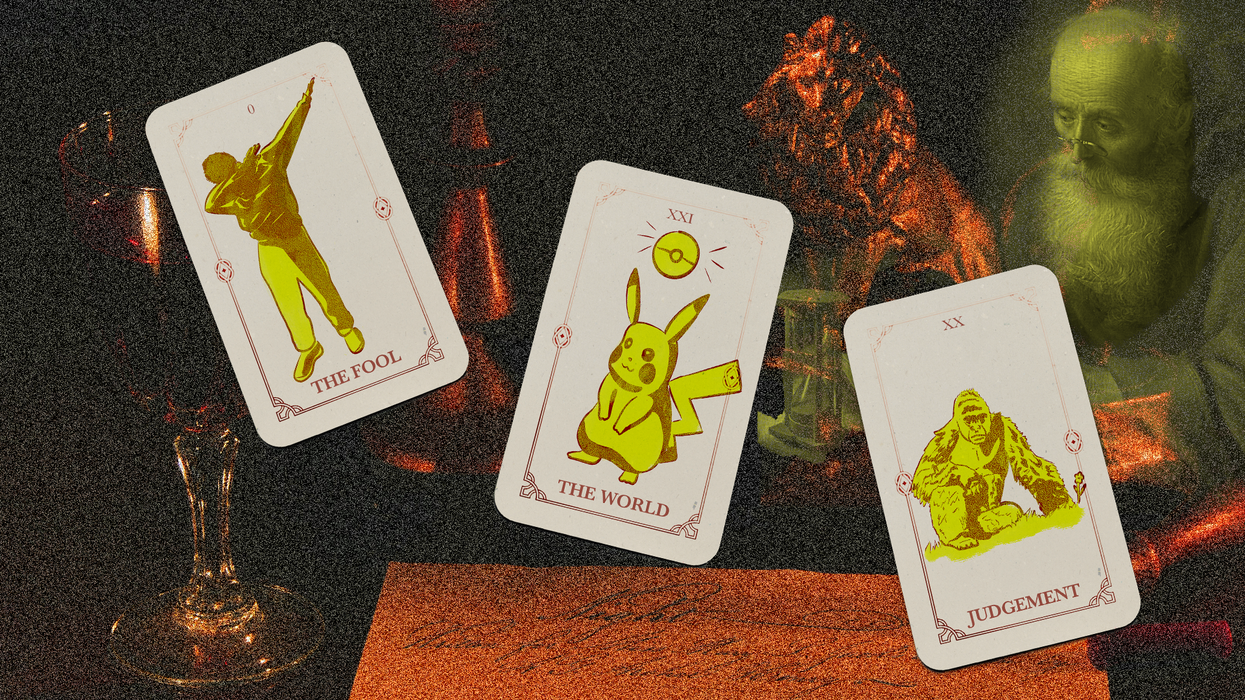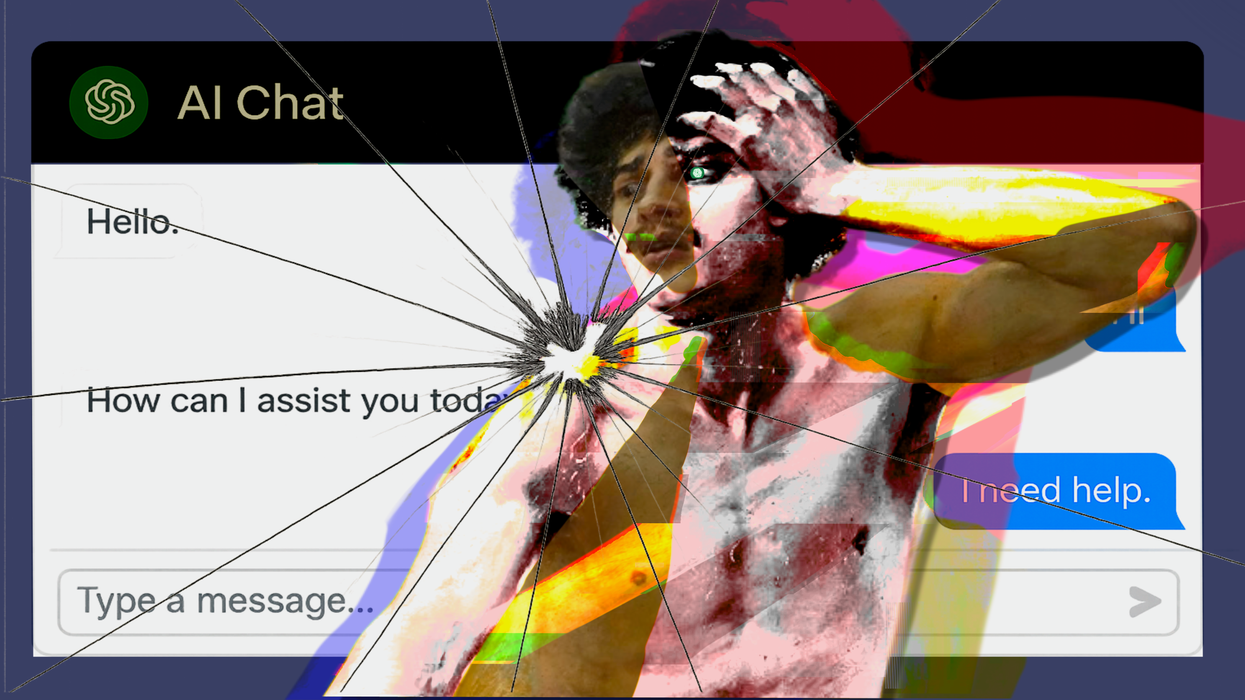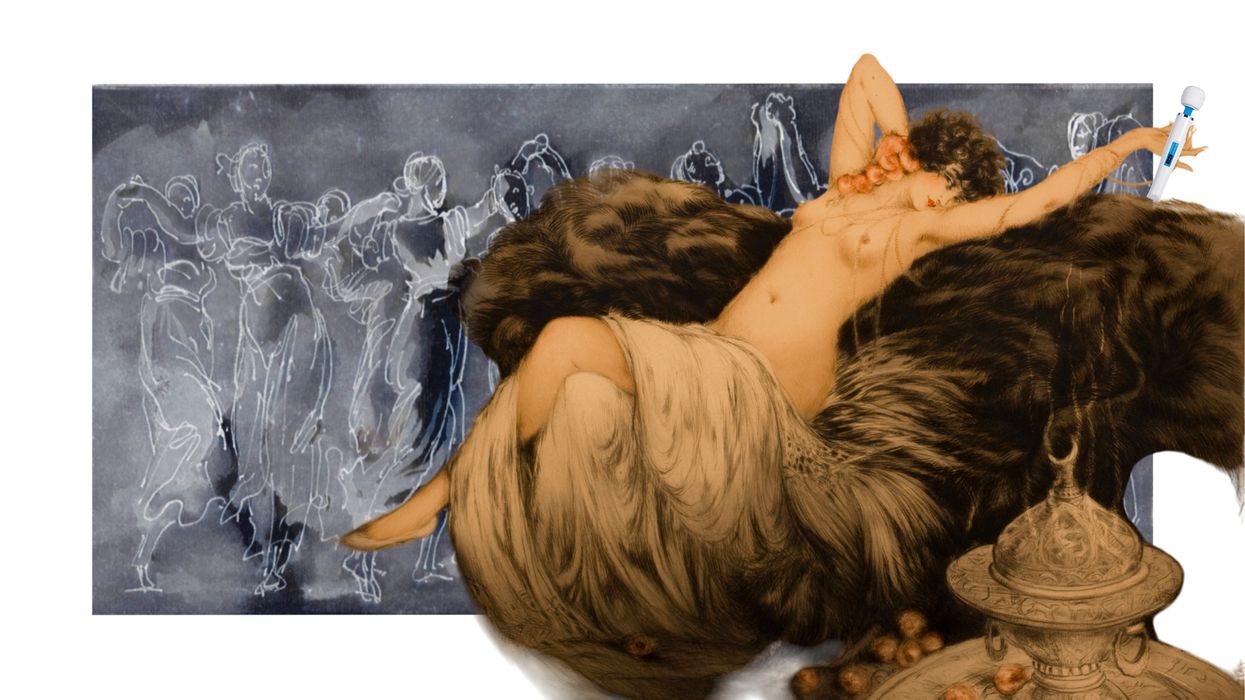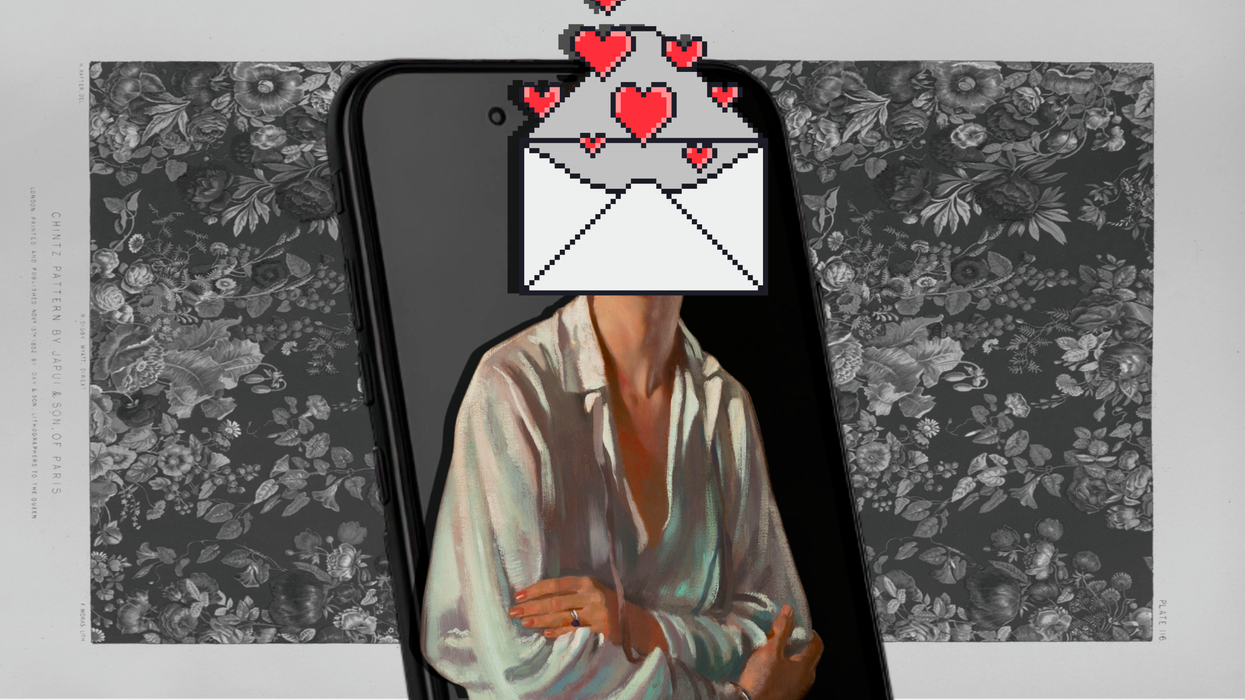Walk through any major gaming showcase and you'll witness a peculiar homogeneity. Photorealistic graphics. Gritty post-apocalyptic landscapes. Dark, desaturated color palettes. The same cinematic camera angles, the same Norse mythology, the same gruff protagonists. AAA gaming, for all its technical prowess and astronomical budgets, has calcified into aesthetic and game mechanic monoculture. Then something different appears, and suddenly you remember why you fell in love with games in the first place.
Clair Obscur: Expedition 33 represents a radically different approach to breaking convention, and reminds us of something that we seem to have forgotten: doing something different is a strategic advantage, a psychological tool, and increasingly, a commercial virtue.
The soon to be crowned Game of the Year may not qualify as "outsider art" in the strict sense (work created in isolation from conventional structures), but it absolutely channels the outsider spirit: the willingness to ignore prevailing conventions and follow singular vision regardless of market expectations. Sandfall Interactive grew from a handful of developers to a team of around 30, the majority of whom started as juniors. Despite the pedigree of the main developer, this was not the output of a billion-dollar gaming machine.
Clair Obscur could have been another dark fantasy RPG borrowing the genre's dominant aesthetic: medieval castles, Nordic runes, Tolkienesque world-building. Instead, Sandfall made a radical choice. They set their game in Belle Époque France. Playing it feels like stepping into a Gustav Klimt painting filtered through turn-based combat. Art Nouveau's flowing lines meld with Neoclassical grandeur, golden highlights shimmer against obsidian stone, wrought-iron balconies curl across facades like frozen vines. The game's visual identity is so specific, so committed to its historical inspiration (1871–1914), that you couldn't mistake a screenshot for anything else.
In a market saturated with generic fantasy, a game that looks like Belle Époque Paris becomes unmistakable. Players remember it. They talk about it. The 92 Metacritic score, position as one of 2025's most successful indie releases, and the record-setting twelve Game of The Year nominations proves that audiences hunger for innovative artistic direction. By choosing Belle Époque aesthetics, Sandfall gave themselves an inexhaustible vocabulary of visual references.
The background and setting are only the beginning of Clair Obscur’s reinvention of the world building for an RPG. The traversal and exploration is meaningful, the realms your party can explore are varied and universally gorgeous, with a non-repetitive structure and population. Each new area feels like a brand new, stunning environment with perfectly curated vignettes, yet each one feels unified to the world on the whole. One might not expect a Floating Ocean and a Desert Siren to feel cohesive, but somehow they make it work. The danger and whimsy around every corner keeps the player both awe struck and on guard. The loot that a player will stumble upon is rewarding and enables high build potential regardless of the direction and gameplay style that a player has chosen for their party. There is no fast travel or predetermined rails, the game instead provides engaging traversal mechanics, trusting the player to create the journey on their own and to follow whatever party build and gameplay style they find the most rewarding. This freedom to choose doesn’t come with the traditional drawbacks seen in most RPGs, where a crit build will always moderately outperform a poison build, because in Clair Obscur the status effects are equally viable options.
The story pacing is another near perfect execution of the developers artistic vision. The player always feels the progression in the story, character power stack, world discovery, and party changes. There is never a lull, from the tension of inviting a new, dangerous stranger to travel with you, to the discovery of a new mount ability that clears a blocked section of the map. Every event and new discovery is focused and intentional, devoid of bloat or meaningless realms. Enemy NPCs are all varied and engaging, the fights are spaced and started with intention, any small “filler” fights are optional, adding up to several real world hours saved by the player. The boss fights are smart, built around novel mechanics, not brute force or larger health bars. This intentional design allows the player to spend their time strategizing and theory-crafting instead of button-mashing.The player is forced to occasionally back off and rethink their build or party structure. The fights also fit seamlessly into the story beats and environmental changes.
The aesthetics and landscapes provided a new world for players to discover, but the real innovation comes from a combat system that follows the same outsider perspective. Real-time elements inject urgency into turn-based battles. The offensive mechanics are mostly traditional turn-based gameplay, where a player selects attacks from a menu, but the defensive mechanics are tactical and active; enemies have cues you need to watch for, both visual and audio. Miss the tell and you take a hit. Time your attack or parry perfectly and you deal extra damage and/or gain other utility benefits. On harder difficulties, some enemies become nearly impossible to read visually alone, forcing players to develop multisensory awareness. As the story develops, the mechanics of counters, dodges, charge meters, and punish mechanics become increasingly crucial to advancing past more challenging boss fights. It's not quite action combat and not quite a traditional JRPG. The combination of both gameplay styles encourages a thoughtful party build, where each party member has a unique set of skills and weapons, and the speed mechanics move from “taking turns” to “manipulating time.”
This creates a higher level of player engagement that fully saturates the player in the world of Lumiere and the greater continent. When a member of your party reveals a deeper understanding of the world you’re inhabiting, the stakes feel meaningful. As powers are revealed throughout the story, the losses you’ve suffered previously feel all the more impactful. In the world of Expedition 33, even the greatest powers aren’t absolute.
In a market where thousands of games are released annually, discoverability defines success. AAA games buy attention. Others have to earn it. Clair Obscur's Belle Époque aesthetic does that. Their difference is their marketing.
Competing with AAA studios on their terms (photorealism, cinematic production, expansive worlds) is a losing proposition. But competing on vision, specificity, willingness to be weird? Difference demands conviction. It demands belief that your vision matters more than market expectations. And increasingly, audiences reward that courage. The games that endure aren't the most polished or heavily marketed. They're the ones with a point of view.
The human brain constantly predicts what comes next. When those predictions break in interesting ways, attention spikes. That's how memory forms. Clair Obscur violates expectations of what a fantasy RPG should look like. These violations are purposeful, coherent, sustained.
Games can be more than refined iterations. They can be strange, personal, specific, brave. There’s a massive market of gamers waiting for this exact output from studios, and the incredible success of this year’s surprise Game of the Year proves it.




![[10/10] La Chimera: A Dreamlike Descent Into Grief, Memory and Myth](https://vextmagazine.com/media-library/image.png?id=61454821&width=1245&height=700&quality=90&coordinates=0%2C0%2C1%2C0)
